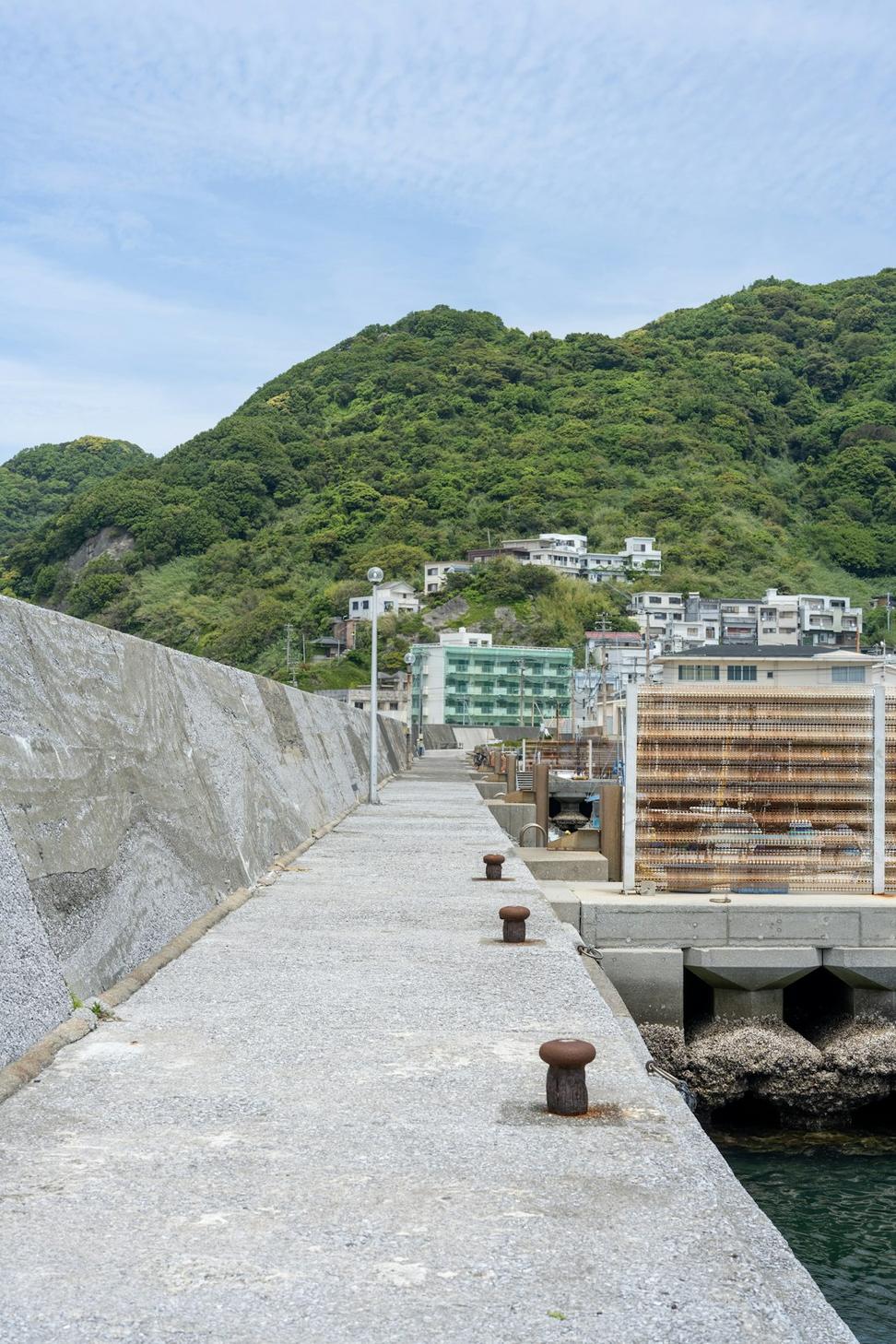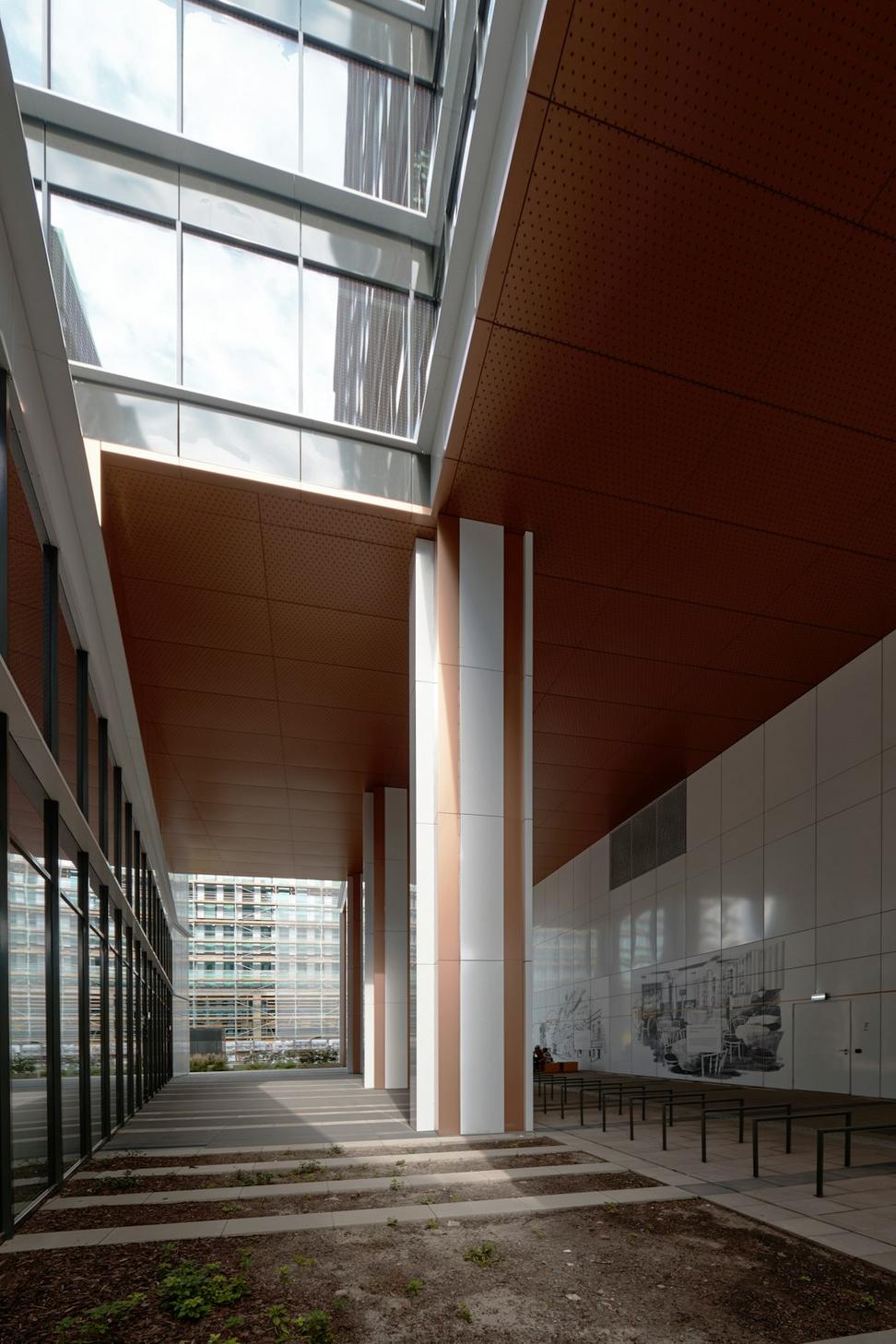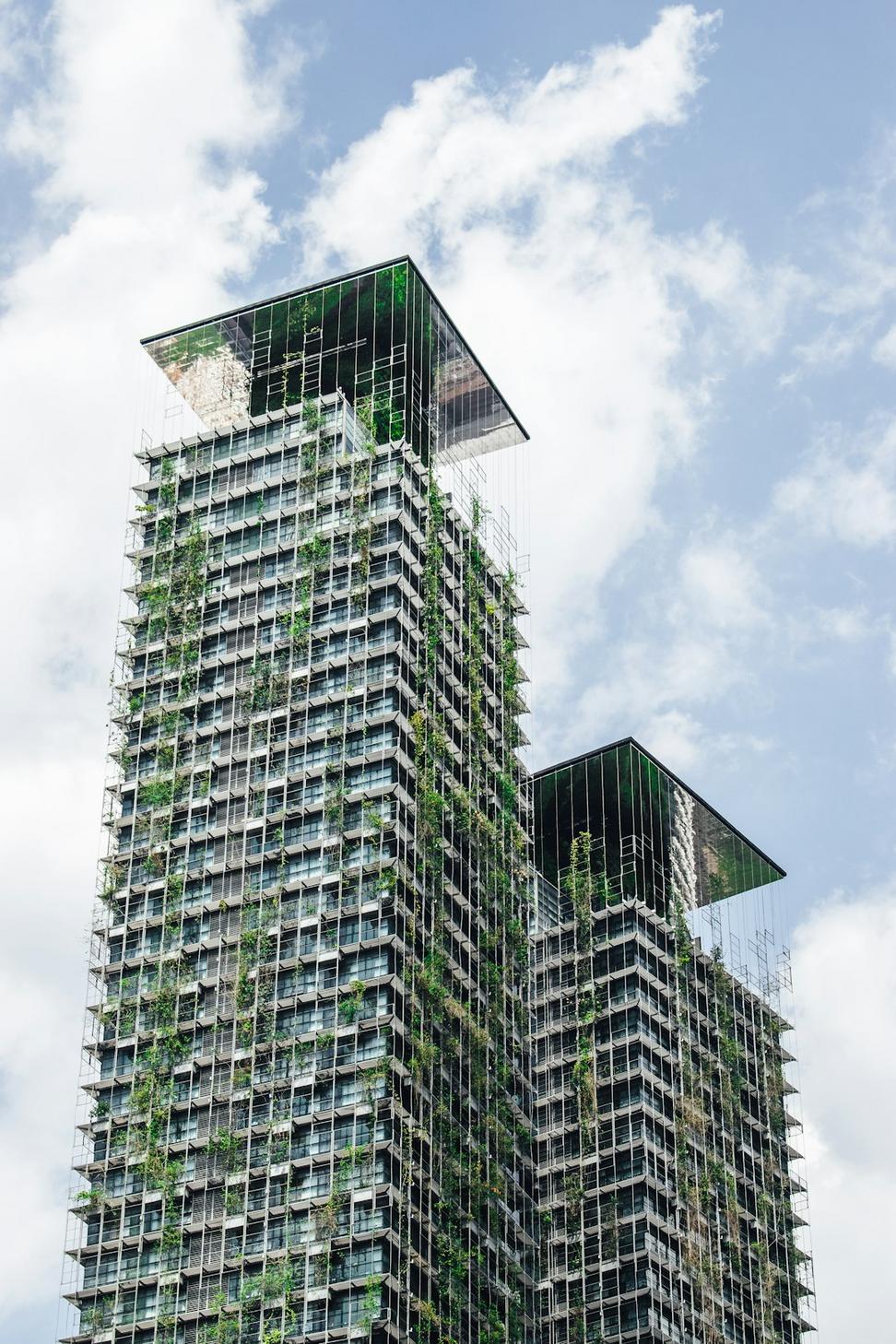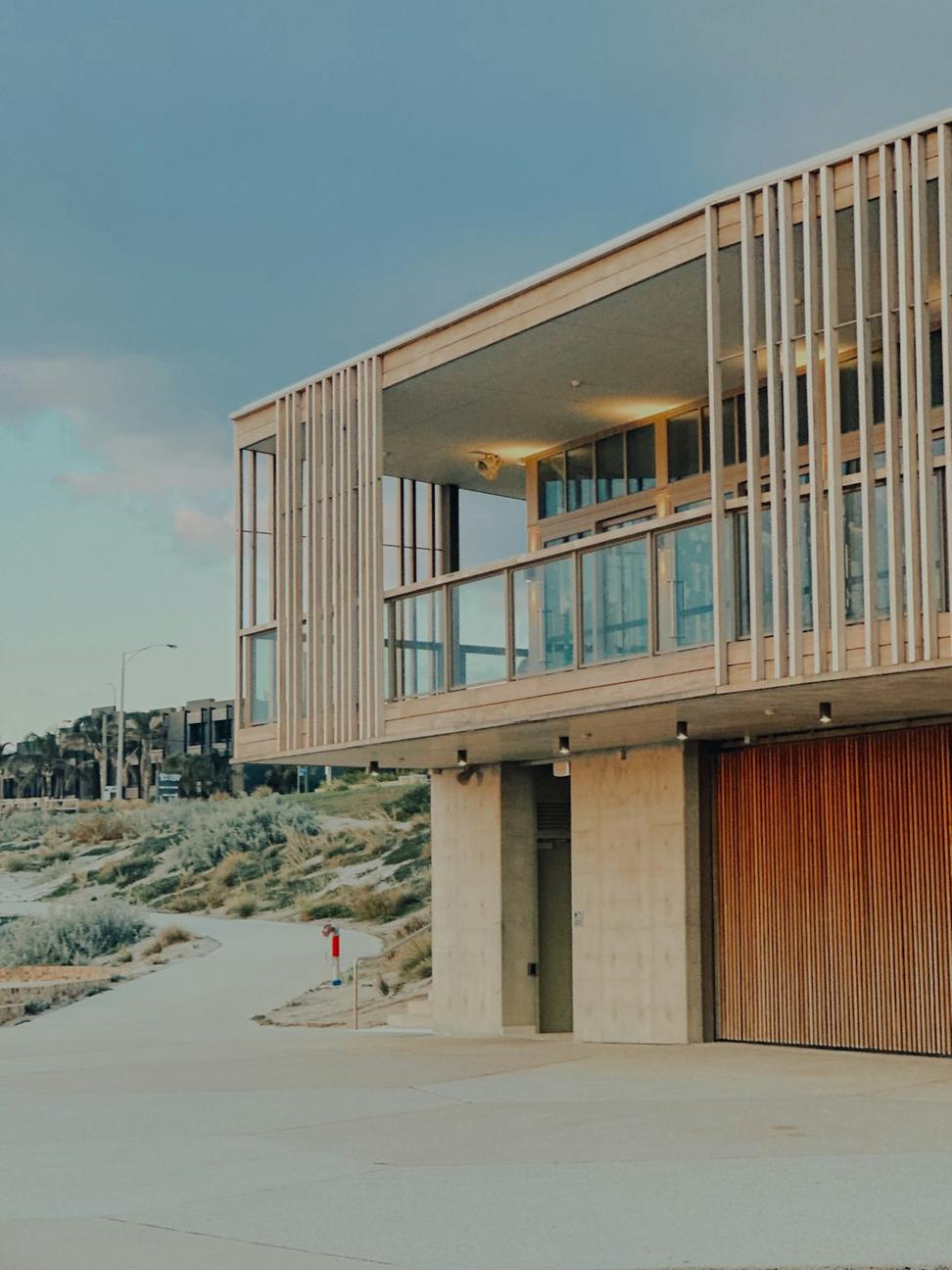
Building with the Planet in Mind
We're not just designing buildings—we're shaping a future where architecture works with nature, not against it.

We're not just designing buildings—we're shaping a future where architecture works with nature, not against it.
Look, we've been at this for years, and here's what we've learned: sustainable design isn't some trendy add-on. It's literally the only way forward if we care about coastal communities.
Every project starts with a simple question—how can this building enhance the environment it sits in? Not just minimize damage, but actually contribute something positive. That's the bar we've set for ourselves.
Working on the coast has taught us respect. The ocean doesn't negotiate, and climate patterns are shifting faster than anyone predicted. So we design buildings that adapt, that breathe, that work with tidal flows and wind patterns instead of fighting them.

Real practices, not just promises on paper
Integrated Systems
Rainwater harvesting isn't revolutionary anymore, but we've gotten pretty creative with it. Every roof becomes a resource. We're talking greywater recycling, permeable surfaces, and natural filtration systems that double as landscape features.
Net-Zero Targets
Solar's just the beginning. We're designing buildings that generate more energy than they use. Geothermal, wind-assist ventilation, thermal mass optimization—whatever makes sense for the site. And yeah, we obsess over insulation details.
Local & Responsible
We're picky about materials. Locally-sourced timber, reclaimed elements, low-VOC everything. Each material gets vetted for its full lifecycle impact—not just how it performs, but where it comes from and where it goes after.
Future-Proofing
Coastal architecture in 2024 means designing for conditions we haven't seen yet. Rising sea levels, stronger storms, temperature swings—we're building structures that can handle what's coming over the next 50 years, not just today.

We don't chase certifications just to hang plaques on the wall. But when third-party verification aligns with our values and pushes us to be better, we're all in.
Data from our completed projects over the past 5 years
Average energy reduction vs. baseline
Materials sourced within 500km radius
Liters of water saved annually
Net-zero ready buildings delivered
Let's be real—sustainable systems can cost more initially. High-performance windows, advanced HVAC, better insulation... it adds up. But here's what we tell clients: you're looking at 3-7 year payback periods through energy savings, and then you're just making money. Plus, property values for green buildings keep climbing.
If a site's too environmentally sensitive, we'll tell you it shouldn't be built on. Period. We've walked away from projects where the client wanted something that'd wreck a coastal ecosystem. Money's important, but so is being able to look at ourselves in the mirror.
What was cutting-edge five years ago is standard now. We're constantly learning, constantly adapting. Solar tech gets better every year. New materials emerge. Better modeling software lets us predict performance with scary accuracy. Staying current is part of the job.
You can't half-do sustainable architecture. It's gotta be integrated from day one—site analysis, building orientation, material choices, mechanical systems. Everything connects. That's why we involve environmental consultants early and keep them throughout the project.

Sustainable design isn't about sacrifice—it's about smart choices that benefit everyone. Your budget, your comfort, and yeah, the planet too.
We'd love to walk through your project and show you what's possible. No pressure, no sales pitch. Just an honest conversation about how to create something you'll be proud of for decades.